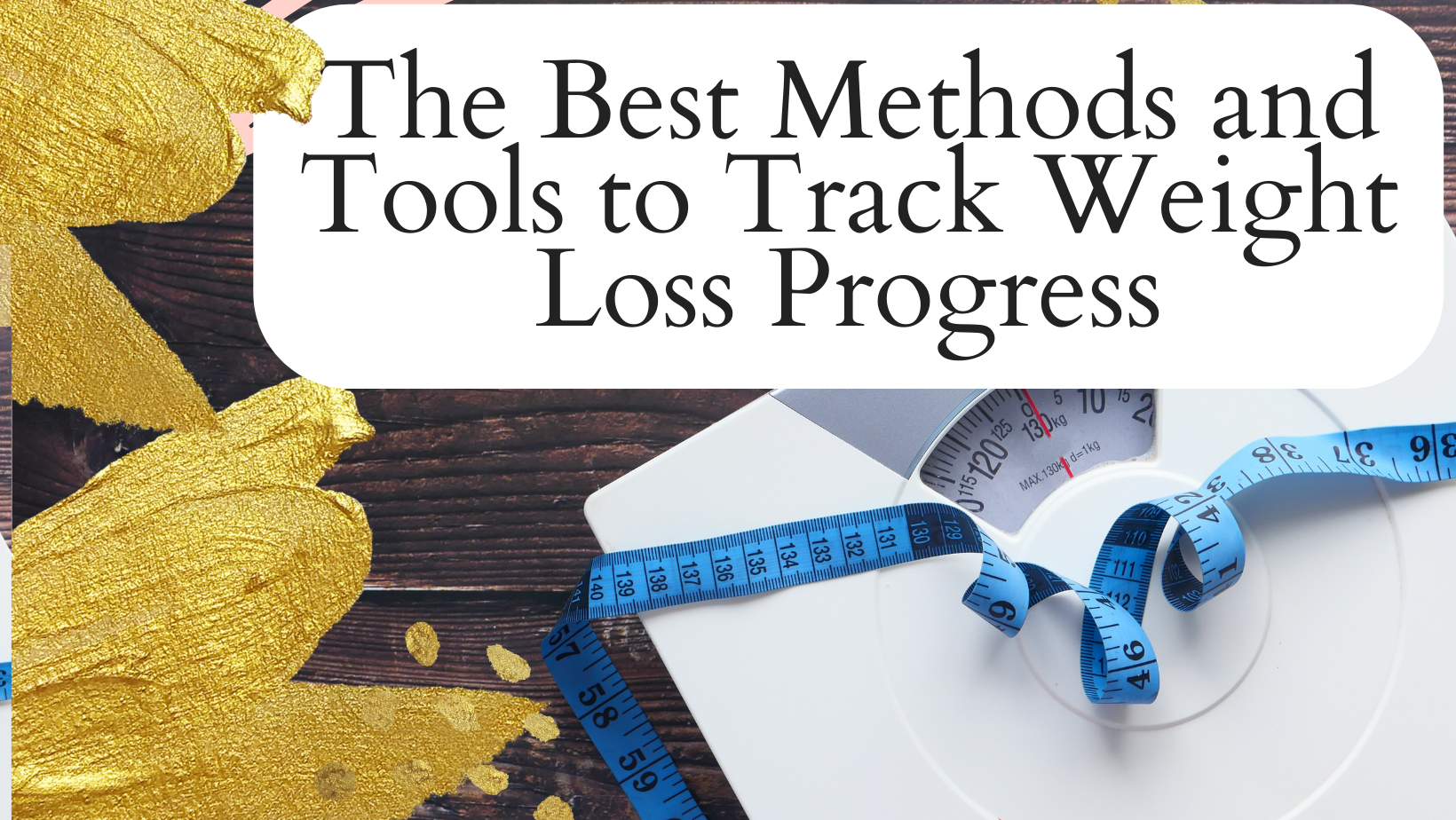Losing weight can be a challenging journey, but keeping track of your progress is key to achieving your goals. In this article, you will discover the best methods and tools that can help you effectively track your weight loss journey. From traditional methods like keeping a food journal and using a scale, to modern smartphone apps and fitness trackers, you will learn how these tools can provide valuable insights and keep you motivated throughout your weight loss journey. Say goodbye to guesswork and hello to a clearer path towards your goals!
The Best Methods and Tools to Track Weight Loss Progress
When it comes to tracking weight loss progress, there are a wide array of methods and tools available to help you on your journey. Whether you’re looking to shed a few pounds or embark on a major transformation, finding the right ways to measure and monitor your progress is key to staying motivated and on track. In this article, we will explore the top methods and tools that can assist in tracking your weight loss progress, helping you to reach your goals and maintain a healthy lifestyle.
1. Weighing Scale
One of the simplest and most common methods of tracking weight loss progress is by using a weighing scale. By stepping on the scale regularly, you can monitor your weight loss journey and see how your efforts are paying off. It’s important to note that fluctuations in weight can occur due to factors such as water retention or muscle gain, so it’s best to focus on overall trends rather than daily fluctuations.
2. Body Measurements
In addition to weighing yourself, tracking body measurements can provide a clearer picture of your weight loss progress. Taking measurements of key areas such as the waist, hips, thighs, and arms can help you see changes in your body shape even if the scale doesn’t show a significant change. Remember to measure in the same locations each time to ensure accurate comparisons.
3. Progress Photos
Sometimes, the changes in your body can be hard to visualize simply by relying on numbers alone. That’s where progress photos come in handy. By taking a series of photos at regular intervals, you can visually track your weight loss progress and see the transformation happening before your eyes. It can be incredibly motivating to compare these photos side by side and witness the positive changes in your physique.
4. Clothing Fit
Another effective way to track weight loss progress is by paying attention to how your clothes fit. As you lose weight and inches, you may notice that your favorite jeans are becoming looser or that your shirts are fitting better. This non-scale victory can be a great source of motivation and a clear indicator that your efforts are paying off.
5. Focusing on Non-Scale Victories
While the number on the scale can be an important metric, it’s not the only measure of success. Focusing on non-scale victories can help you maintain motivation throughout your weight loss journey. These victories can include increased energy levels, improved sleep, reduced cravings, enhanced mood, and increased strength or endurance during workouts. Celebrating these achievements can be equally as rewarding as a number on the scale.
6. Food Journaling
Tracking what you eat and drink can be a powerful tool in your weight loss journey. Keeping a food journal allows you to become more aware of your eating habits and identify areas where you can make healthier choices. By recording your daily food intake, you will have a clearer understanding of your calorie consumption and can make adjustments if needed.

7. Calorie Tracking
In addition to food journaling, calorie tracking is another effective method for monitoring weight loss progress. Many online platforms and mobile apps provide the ability to track your daily calorie intake and compare it to your recommended caloric goals. By staying within a calorie deficit, you can ensure that you are on the right path to achieving your weight loss goals.
You May Also Like
8. Weekly/Monthly Assessments
Setting aside regular time intervals for self-assessment is essential for tracking weight loss progress. By conducting weekly or monthly assessments, you can review your progress, make any necessary changes to your routine, and stay accountable to your goals. It can be helpful to record these assessments, including your weight, measurements, and any other important information, to track your progress over time.
9. Body Fat Percentage
While a traditional weighing scale may provide an overall measure of body weight, it does not account for variations in body composition. Monitoring your body fat percentage can be a more accurate reflection of your progress, as it focuses on the proportion of fat in your body. Various tools, such as smart body composition analyzers or skinfold calipers, can help measure this metric.
10. Health and Fitness Apps
In today’s digital age, there is an abundance of health and fitness apps available to assist in tracking weight loss progress. These apps offer features such as food and calorie tracking, workout routines, progress tracking, and even virtual support groups. Utilizing these apps can provide additional motivation, guidance, and a sense of community on your weight loss journey.
When it comes to tracking weight loss progress, the key is to find methods and tools that work best for you. Remember to stay consistent and be patient with yourself, as weight loss is a gradual process. Whether you choose to measure your progress through a weighing scale, body measurements, progress photos, or a combination of these methods, the important thing is to track your progress and celebrate each milestone along the way. With the assistance of tools such as digital weighing scales, body measurement apps, fitness trackers, and online support groups, you can have access to valuable resources to support your weight loss journey. Stay motivated, stay determined, and enjoy the transformation you’ll experience on your path to a healthier and happier you.




